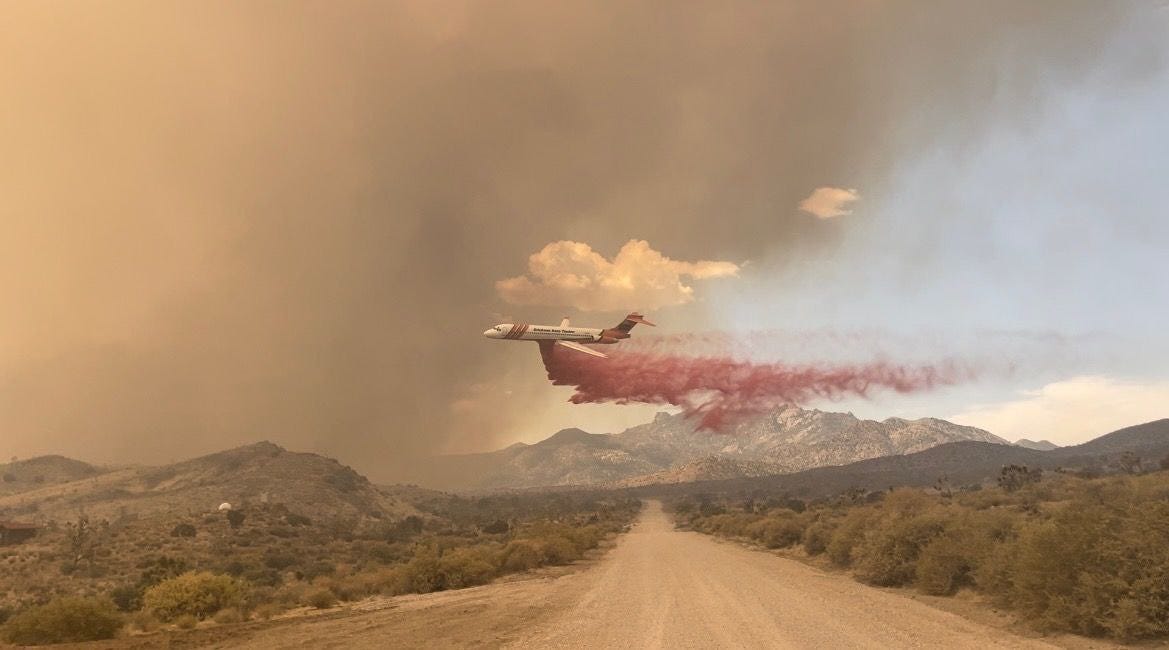What the snowy winter gives, the heat takes away
Aridification Watch returns
Aridification Watch
Now that July is over, the official meteorological diagnosis of the month is in: It was friggin’ hot! On a global level, it was the hottest month on record, maybe even the hottest in the last 120,000 years. The figures for the West aren’t in yet, but …



